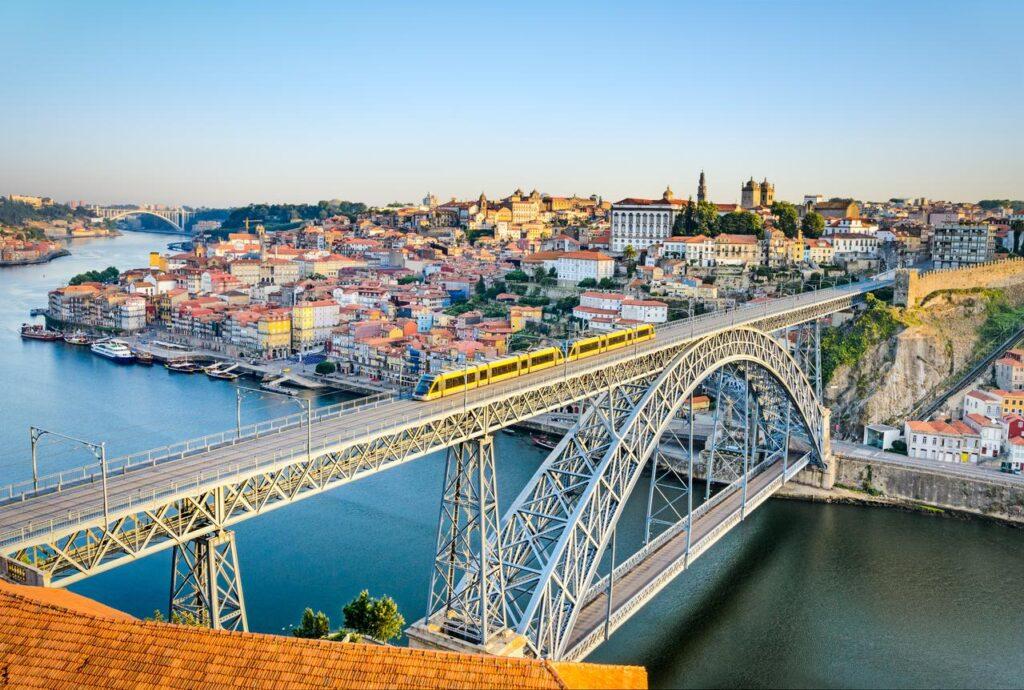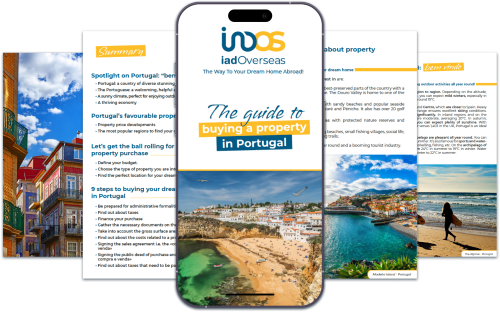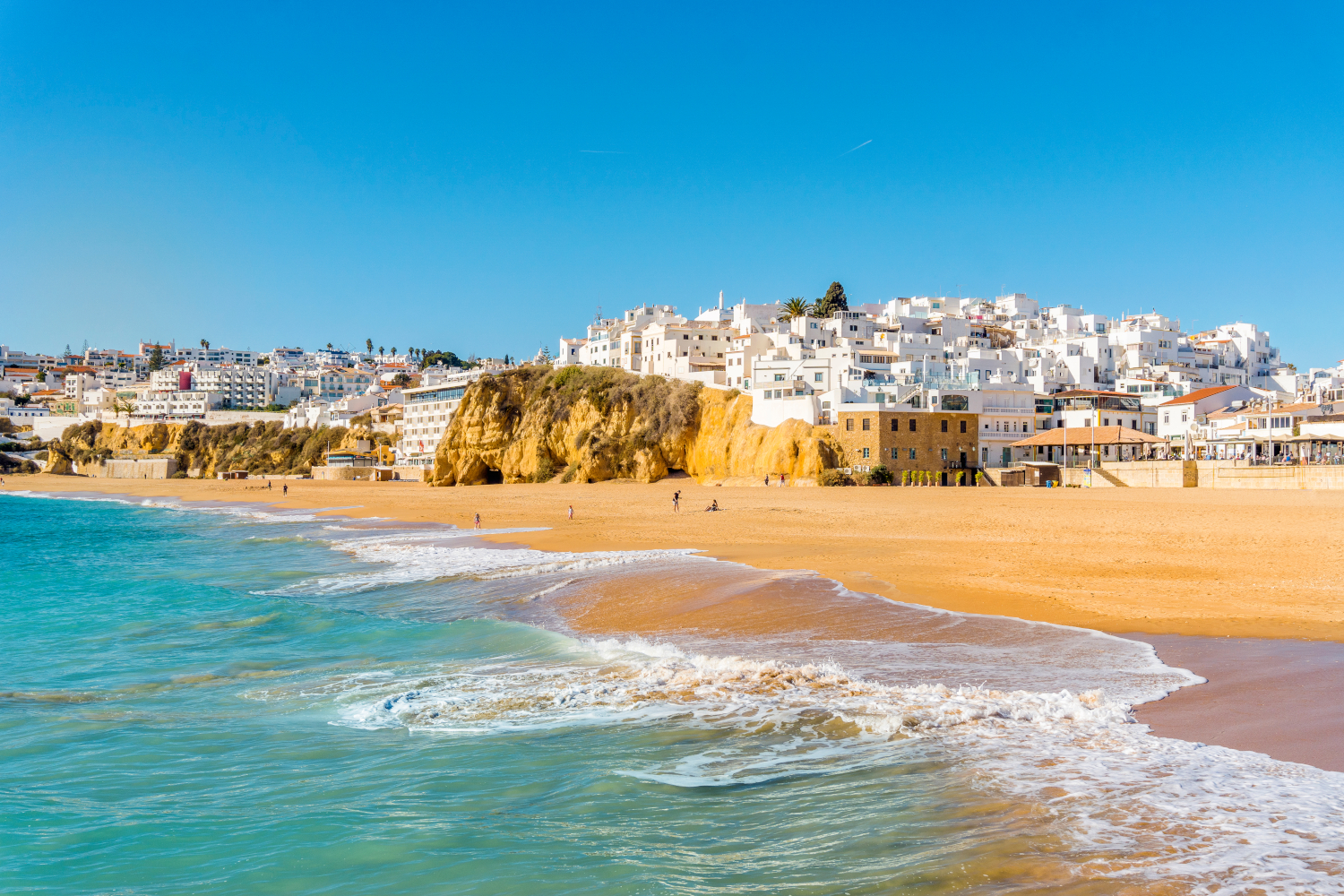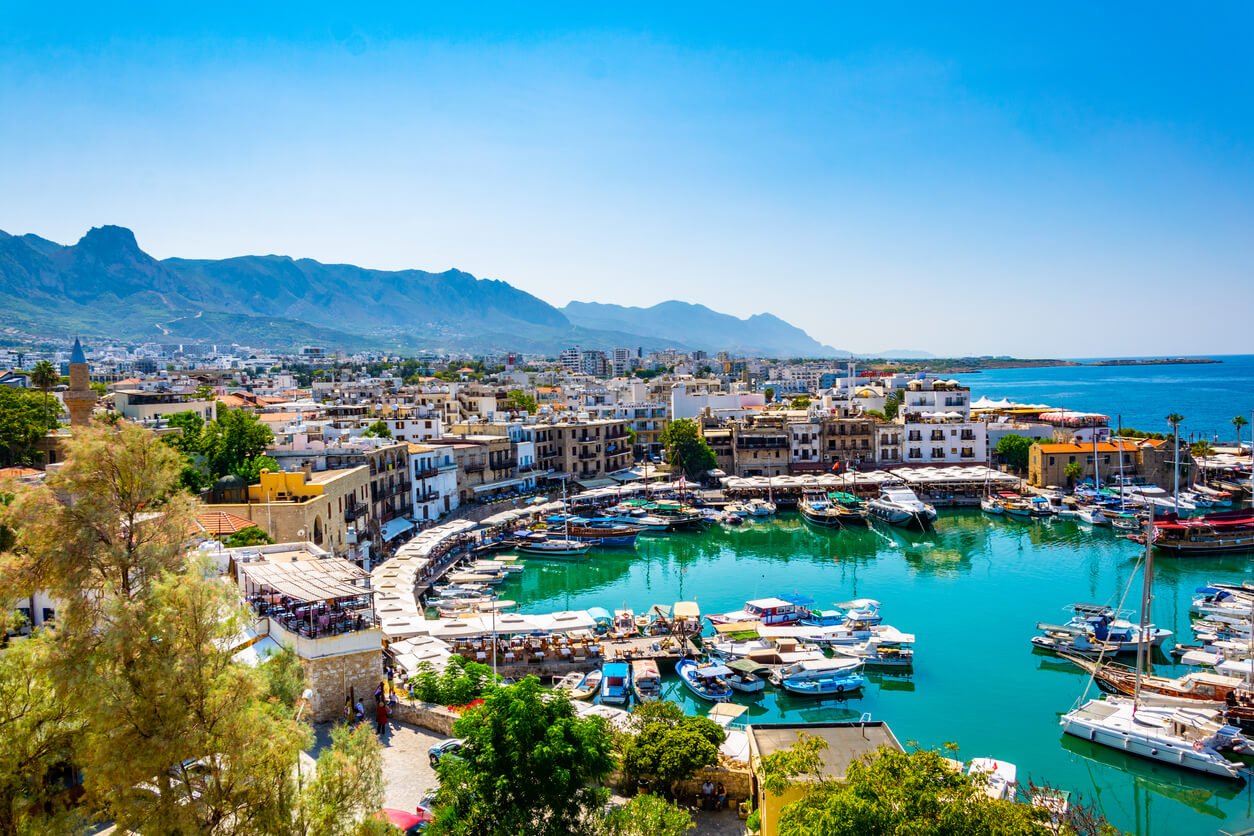
Moving to Portugal is a significant family decision. Such a relocation involves thorough research, visits, stays throughout the country to discover it outside of the high season and holidays. Experience its history and culture before finding your next accommodation, city, and living the best expatriate life.
Where to settle in Portugal with children?
Schooling is mandatory only from the age of 6, but there is a pre-school section (pré-escolar) that welcomes younger children from the age of 3.
A distinctive feature in Portugal is that the system for caring for very young children is still underdeveloped or only accessible through private institutions. The government is making efforts to provide free facilities for families, but it is not yet the norm everywhere.
There are nurseries (berçarios) that take care of babies up to 11 months old. Then, there are kindergartens (infantarios) for children up to 3 years old, followed by the renowned pré-escolar.
Additionally, it is essential to check in each city if there are the facilities you are looking for and if the cost suits you. You should contact the local city hall directly, just as you would for school enrollment if you choose to enroll your child in public school.
Major cities in Portugal: Advantages for families
The advantage of major cities, including those in the southern Algarve region, is that they are lively year-round. Restaurants and shops are open, and both public and private healthcare systems are easily accessible. Finding places for children’s education is not a problem.
Choosing Lisbon for family life and work
Lisbon, with its 3 million inhabitants, is a city divided into 24 freguesias, which are like districts. These districts are grouped into neighborhoods, and here are some we recommend:
- The neighborhoods of Belém and Ajuda are adjacent and are ideal for expatriate families. They have green spaces for children, such as the botanical garden and the Monsanto Forest Park, perfect for family nature walks. The famous Belém Tower and the Jerónimos Monastery give these neighborhoods immeasurable historical value. Ideally located near the banks of the Tagus River, these neighborhoods are also vibrant in the evenings.
- Located just a few kilometers from the center (30 minutes by tram), rental and property purchase prices are more affordable (€6,131/m² in 2023)(1) than in the city center. Outside the city center, prices drop to €3,000.
- The Alfama district: a very calm and hyper-central area, it is touristy and perfect for those who love Portuguese culture. Expatriates typically buy here (around €6,000/m²)(1) , either for rental investment or as a second residence while planning to retire there. It is a cosmopolitan neighborhood, recognizable by its charming pedestrian alleys typical of Lisbon. Children can walk safely, and a baby carrier may be preferred over a stroller in this environment.
Other neighborhoods are known for being more festive, such as the Bairro Alto district, where you can see street art in the Baixa district. Lisbon is an international capital of street art. Graça is another popular neighborhood in Lisbon, to the east of the city. Also, note the presence of the incredible Oceanarium in Parque das Nações, to the east as well, which houses 15,000 living species.
- Education: If you choose to live in Alfama, the advantage is that your children won’t need to cross the entire city to attend the private French high school Charles Lepierre, located towards the Principe Real neighborhood, Lisbon’s chic district. The annual cost is on average €5,000/year(2). If you choose Belém, the trilingual school Lisboa Restelo accommodates children from 2 to 5 years old at a cost of €9,500/year.
- Transportation in Lisbon: Funiculars are part of Lisbon’s tourist offering, but they are used daily as Lisbon is made up of hills, beautiful viewpoints, and numerous stairs. Getting around is also possible by bus, metro, tram, and you can cross the Tagus River with a ferry.
It is very easy to reach the nearby seaside town of Cascais by train or car via the highway (A5 crosses Lisbon). Not to mention the presence of Lisbon’s international airport, an important hub.
- Sports activities: Surfing is popular, as well as underwater exploration of fauna and flora. Segway tours are also available, requiring agility and balance.
- Cost of living in Lisbon: An expatriate family earning a salary from English-speaking countries will find the cost of living lower.
Moving to Porto: More attractive employment opportunities and prices
This is where you experience the perfect blend of locals and expatriates. Porto has the charm of Lisbon but in a smaller and cozier setting, and above all, it’s more affordable. Welcoming many expatriates, Porto wins votes for the most pleasant living environment. Further north than Lisbon, its coastal climate is cooler and more humid in winter. It’s an architectural gem.
Porto is a city of 231,500 inhabitants, crossed by the Douro River and connected by the Dom Luis Bridge, built by Gustave Eiffel. The northern part is richer in historical monuments, and the south is a particularly calm and affordable area.
- Public transportation: It is not recommended to drive in Porto because its center is almost entirely pedestrian, and there are many one-way streets. The city is particularly well-served by the metro and buses. Like in Lisbon, there is a funicular and trams. The activity is mainly tourist-oriented but also student-oriented.
- Neighborhoods with a view of the ocean: Foz do Douro, Matosinhos, Leça da Palmeira are all seaside. Therefore, they are more expensive to buy and rent. The average price per square meter in the city center is around €2,541.38(3), but it doubles in these neighborhoods. On the north bank of Porto, there is the Oriental Park of Porto and one of the most beautiful bookstores in the world: Livraria Lello.
- Vila Nova de Gaia district: after the Dom Luis Bridge, life is even cheaper, with an average of €1,590.22/m²(4). This is where port wine was stored in the cellars, and old boats still transport barrels as in the past. There is a beautiful view of the city and a magnificent park: Jardim do Morro. You can cross from one bank to the other by car, on foot, or by metro.
- Education: There are many international schools. Portuguese public schools are also popular among expatriates who reinforce language acquisition for children with additional classes.
- Sports activities: On the Atlantic coast, surfing and kite surfing are perfectly suited. You can also hike, bike, and run.

Faro: Combining studies and beautiful beaches
Faro is a tourist city in southern Portugal but differs from its neighbors like Portimao, considered an investment location in property with many constructions along the beaches (including the beautiful Praia da Rocha beach).
In Faro, on the contrary, you benefit from a pleasant city center that is lively even in winter, along with the dynamism of the student city.
Beautiful villas hidden in the Penedo Geres natural park generate jobs: house maintenance, gardening, management of occupancy, and short-term rentals.
The old town of Faro is picturesque and is the main district with historical and cultural monuments (Carmelite Church, Cathedral, Fado Museum…)
- Education: The University of Algarve is located in Faro, in an international context, as it is involved in research, among other activities. If your children are not yet of university age, you will need to enroll them in public schools in Faro, as international schools are located in Lagos or Vilamou
- Public transportation: Trains and buses are used for city transportation and to reach other places like Albufeira.
- Sports activities: Take advantage of the exceptional coastline for surfing, kite surfing, and catamaran activities. Other land activities are highly regarded in Algarve, such as golf (with internationally recognized courses) and mini-golf for the younger ones.
Outside the locality, another crucial factor in deciding where to live in Portugal with your family is your mode of transportation.

Traveling in Portugal: transportation
In Portugal, it is very easy to get around by train. The entire country is well-connected, which might make you consider leaving your car in the garage, perhaps even permanently.
Two reasons for this:
- The process of bringing your car from the European Union or outside the European Union is costly, involving customs duties and payment of ISV. The deadlines for changing the registration must be strictly adhered to.
- Buying a car locally is taxed. Depending on your purchasing power, you might prefer other means of transportation.
To do everything on foot, by bike, or using public transportation, find a property located between 2 and 5 km from the city center. Rent a car for the weekend or for a longer period to be completely independent.
Settling easily in Portugal when you're a parent
Your family situation determines the choice of the region where you want to settle. Depending on the children’s educational level and the available infrastructure, you will know which city offers its full potential. Portugal is made up of many small villages or towns like Coimbra, an excellent student city, but don’t forget that the aspect of work is the criterion that comes right after education. And in this regard, urban areas with higher density have undeniable daily advantages.
Feel free to seek assistance from an iad Overseas* consultant in Portugal, who will guide you in your family expatriation.






